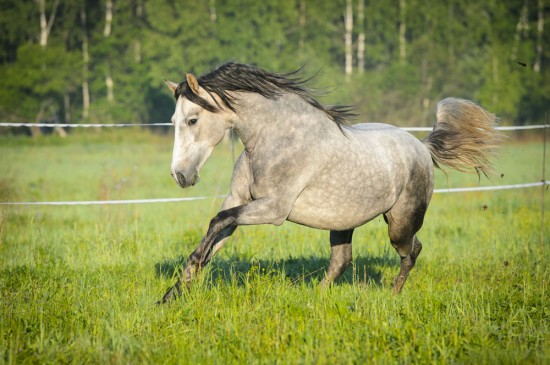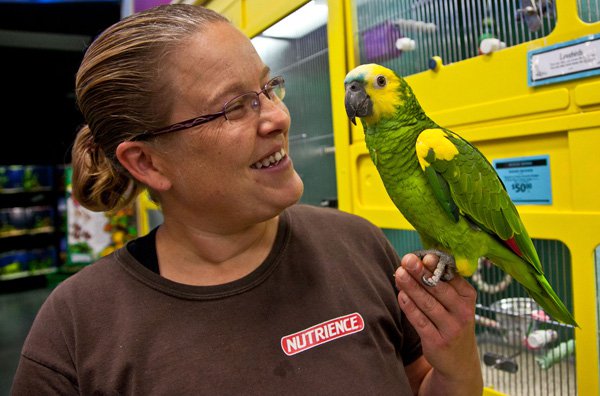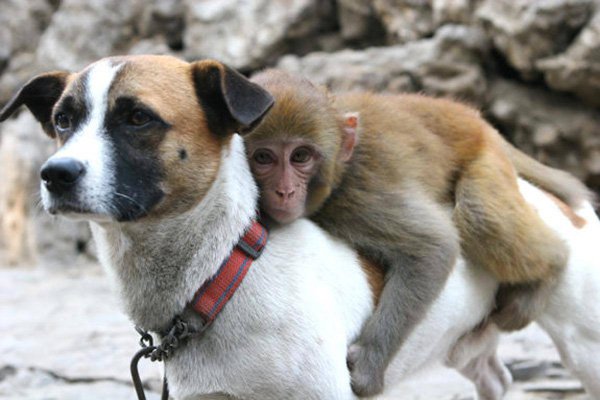Cancer is a very un-predictable disease even in dogs. You cant really tell which dog breeds will be susceptible to cancer forming in or on their bodies, and there is virtually nothing you can do to prevent the cancer from forming if they are genetically predisposed to the disease. There are several types of cancer and in this article we are going to look at oral cancer. There are two areas in which oral cancer can form: in the mouth or in the nasal cavity. Each area has its own symptoms to look out for and can be deadly if left untreated. We are going to look at both cancers and help you with treatments so you can understand what your dog may have to go through.
In the oral cavity a dog can grow tumors or a mass that looks like a lump. These lumps can form on the gums or in the bone in the mouth. If they form on the lips, gums, or skin around the mouth you will be able to recognize them a little easier. With bone cancer in the mouth it is hard to see the symptoms when they first appear. With oral cancer in the mouth you will usually see a black formation that is small at first and it will continue to grow. There may be a couple of spots of black lumps depending on the progression of the disease. When the disease progresses these lumps can make the gums bleed, the teeth fall out, and they can spread. You should also realize that some types of oral cancer can be benign, which means they are not harmful to your dogs health. In most cases the cancer is malignant and can result in death. For nasal cancer the dog will form these lumps in the nasal passages. It can be difficult to see these lumps as they can be further back in the nose than just at the tip.
Symptoms of oral cancer are usually bleeding, persistent growth of the cancer cells, pain, change in how they eat, weight loss, and lethargy. Lets look at weight loss and eating patterns first. If you dog is experiencing pain in the mouth generally they will not want to eat the dry hard food. They typically begin to avoid the food even when they are hungry. They may even start eating soggy pieces that have landed in the water bowl. Not eating of course will lead to the weight loss. This is typically the first symptom or symptoms that you will see. You may also see the masses if you check your dogs teeth on a daily basis. The bleeding will usually result the longer the illness goes on. This is usually towards the last stages of the disease where death could be imminent. They can choke on the blood as well as experience lethargy due to blood loss.
Once you have realized your dogs health has deteriorated you should seek a vet. They will offer you three or four methods of treatment depending on their facilities and what has worked best in the past. Usually the first option is surgery to remove the masses from the gums or nasal cavity. They will suggest the removal of bone for the bone cancer in the jaws, but this can be extremely expensive and difficult as they have to reconstruct the jaw once they have removed the mass. Radiation is another choice offered. It works to minimize the growth of the cells as well as kill the mass that has already formed. This is usually the best method if you do not want to undergo surgery for your dog.

 Managing A Bolting Horse Or Pony
Managing A Boltin
Managing A Bolting Horse Or Pony
Managing A Boltin
 Choose Best Automatic Pet Feeders Interms Of Design, Setup, Cleaning
Choose Best Automatic Pet Feeders Interms Of Design, Setup
Choose Best Automatic Pet Feeders Interms Of Design, Setup, Cleaning
Choose Best Automatic Pet Feeders Interms Of Design, Setup
 When searching for Top Vets in Coquitlam
When searching for Top Vets in Coquitlam
Anima
When searching for Top Vets in Coquitlam
When searching for Top Vets in Coquitlam
Anima
 More About The Lovely Entlebucher Mountain Dog
More About The Lo
More About The Lovely Entlebucher Mountain Dog
More About The Lo
 Reptile Brumation Explained
Reptile Brumation
Reptile Brumation Explained
Reptile Brumation